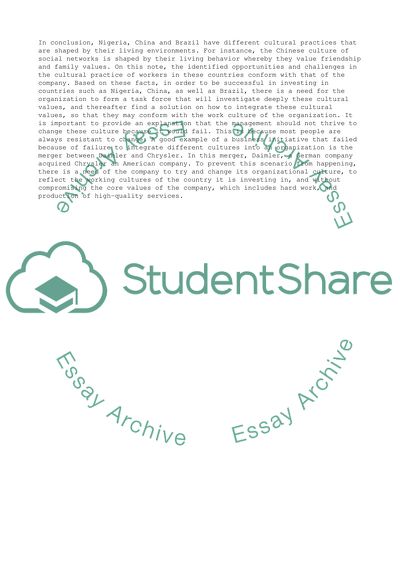Cite this document
(“Work Place Culture Essay Example | Topics and Well Written Essays - 2750 words”, n.d.)
Work Place Culture Essay Example | Topics and Well Written Essays - 2750 words. Retrieved from https://studentshare.org/business/1645381-work-place-culture
Work Place Culture Essay Example | Topics and Well Written Essays - 2750 words. Retrieved from https://studentshare.org/business/1645381-work-place-culture
(Work Place Culture Essay Example | Topics and Well Written Essays - 2750 Words)
Work Place Culture Essay Example | Topics and Well Written Essays - 2750 Words. https://studentshare.org/business/1645381-work-place-culture.
Work Place Culture Essay Example | Topics and Well Written Essays - 2750 Words. https://studentshare.org/business/1645381-work-place-culture.
“Work Place Culture Essay Example | Topics and Well Written Essays - 2750 Words”, n.d. https://studentshare.org/business/1645381-work-place-culture.


